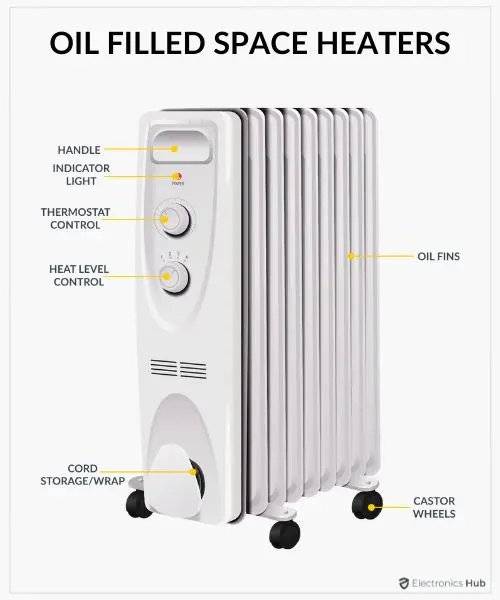The 1 Source Portable Air Statements
The 1 Source Portable Air Statements
Blog Article
See This Report about 1 Source Portable Air
Table of ContentsNot known Details About 1 Source Portable Air Facts About 1 Source Portable Air RevealedThe Of 1 Source Portable AirLittle Known Facts About 1 Source Portable Air.1 Source Portable Air - An Overview
Running expenses are based on an electrical power rate of 40c/kWh. The expenses for 3 months' use in winter are based upon 500 hours utilize, or around 6 hours daily for 3 months. Maximum warmth result is based on the optimum electrical power of the designs we've tested (we focus on greater wattage heating systems).
This depends upon what cost you're looking at in advance purchase, or running cost? Customarily, there are trade-offs with either option. Generally, little fan heating systems are less costly to get, however can have greater running prices. Oil column heating units will certainly be the least expensive on the marketplace to run (usually) but only by a slim margin in advance of convection heating systems (like panel and micathermic panels).
What Does 1 Source Portable Air Do?
If you have a reversible ceiling fan, it'll aid spread the warm around the space a lot more uniformly. A number of pricey heating systems have fallen short to thrill our testers, while some less expensive models make for remarkably good buys.
As the name suggests, they radiate warmth from a heated burner (so the household will have to take turns resting in front of it). There are floor and wall-mounted models available. Radiant heating systems are fairly low-cost. They have a cosy glow and personal warming impact, like sitting in front of a fire.
Radiant heating systems usually set you back in between $20 and $200. Oil-filled column heaters do not actually melt oil they use electricity to heat up the oil that's secured inside their columns or 'fins'.
Rumored Buzz on 1 Source Portable Air
Some column heaters aren't also oil-filled but rather make use of other product or heating technology to work the same way - 1 Source Portable Air. The danger of fire with an oil column heater is low contrasted to various other heater types, yet never absolutely no. Oil heating systems do not have actually exposed components like radiant heating systems do, and their surface temperature is reduced than lots of various other heater kinds (their big surface area makes up for it)
Oil column heating units will not take off, click over here now and while they don't melt their oil to produce heat, it's still combustible, so there is a fire danger if the oil leakages, if the heating unit suggestions over and leakages, or if combustible things or textile come into get in touch with or drop on the heating unit. You must exercise the exact same degree of caution with oil heating systems when it comes to various other heating unit types, and never hang towels or clothes over one to dry them use a drying shelf instead, at the very least one metre away.
Column heating units are especially beneficial in rooms where they'll be turned on for long periods of time or where they'll run neglected, such as over night in a bed room. The surfaces you're likely to discuss a column heating unit do not get as hot as other sorts of electric heating units. You can make use of a ceiling follower on really reduced speed to assist the column heating system to disperse the heat quicker and a lot more uniformly.
If there's very little air movement (as an example, if you're resting reading or seeing TV), the warmth might not be distributed evenly. Oil-filled column heating units generally cost in between $50 and $450. Convection and panel heating systems attract cold air over an electrical home heating component. The heated air after that leaves the heating unit and climbs towards the ceiling, while try this website cooler air relocate to replace it.
Getting The 1 Source Portable Air To Work

Convection and panel heating systems are extra portable than their oil-filled column heater equivalents because they're dramatically lighter. Like a column heater, you can make use of a ceiling follower on very low rate to distribute the warm faster and more equally.

The Definitive Guide for 1 Source Portable Air
Follower heating units are usually smaller sized and extra mobile than Source other electrical heating units. They likewise can be found in the kind of tower fan heaters, which can be better for distributing heat around larger areas due to their taller profile. They can heat up the air in an area a lot more rapidly, equally and promptly than a few other heating system types.
They can be rather loud with the fan on complete power, however are usually reasonably peaceful at lower fan rates. Fan heating units (ceramic or otherwise) usually expense between $60 and $900. Ceramic follower heating systems aren't necessarily any various in cost to non-ceramic versions. A fairly recent participant into the consumer market, infrared heaters warm the area like the sun heats your face (without the UV rays so no danger of skin cancer). 1 Source Portable Air.
Report this page